OnePlus Nord 3
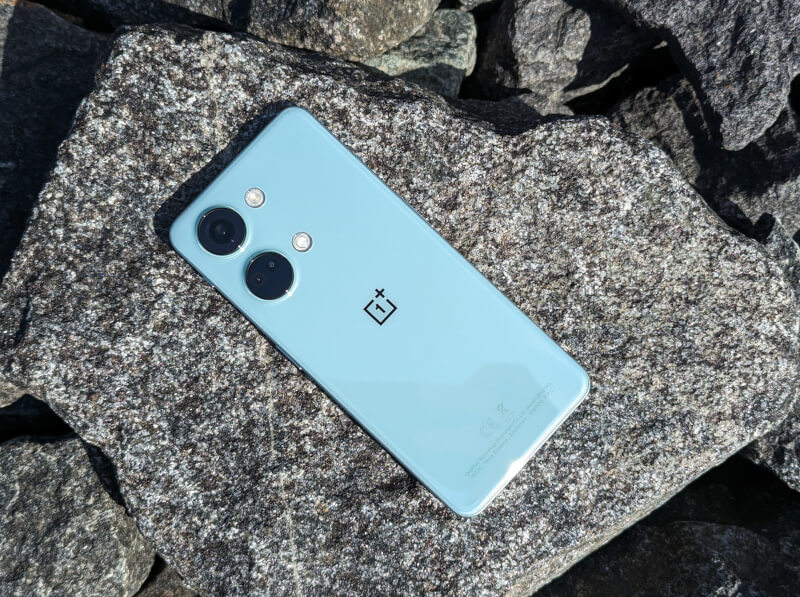
Specifications
- Height: 162.6mm
- Width: 75.1mm
- Thickness: 8.1mm
- Weight: 193.5g
- Display:
- Type: 120 Hz Super Fluid AMOLED
- Size: 17.12 centimeters (6.74 inches)
- Resolution: 2772 x 1240 pixels, 450 ppi
- Aspect Ratio: 20.1:9
- Refresh Rate: 40-120 Hz dynamic
- Touch Response Rate: Up to 1000 Hz
- Support sRGB, Display P3
- CPU: MediaTek Dimensity 9000
- GPU: Arm® Mali G710 MC10
- RAM: 8GB/16GB LPDDR5X
- Storage: 128GB/256GB UFS 3.1
- Battery: 5000mAh (Dual-cell 2,500 mAh, non-removable)
- Operating System: OxygenOS 13.1 based on Android™ 13
- Camera:
- Main Camera - Rear
- Sensor: Sony IMX890
- Megapixels: 50
- Aperture: ƒ/1.8
- Pixel Size: 1.0 µm
- Lens Quantity: 6P
- EIS: Yes
- Macro Lens - Rear
- Megapixels: 2
- Effective Shooting Distance: 4cm
- Depth-assist Camera - Rear
- Megapixels: 8
- Aperture: ƒ/2.2
- Front Camera
- Megapixels: 16
- Pixel Size: 1.0 µm
- Aperture: ƒ/2.4
The OnePlus Nord 3 is available, as we can see, in two versions with either 8 GB of RAM and 128 GB of storage and a version with 16 GB of RAM and 256 GB of storage. However, it is paired with an on paper solid AMOLED screen with a refresh rate of 120 Hz.
A tour around the OnePlus Nord 3
The design of the OnePlus Nord 3 is quite subdued. It is available in two colors, Tempest Gray or Misty Green. This is the last version we have received for testing. The design is somewhat reminiscent of what we saw with the Nord CE 3 Lite.
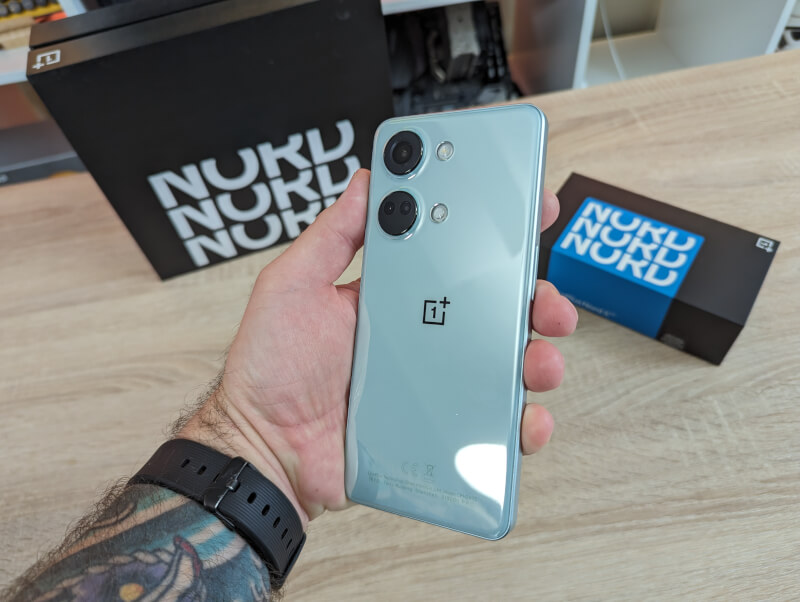
If we start at the front, we are met by a 6.74" screen in a nice flat style. It is of course very much a matter of taste whether you prefer a screen with curved sides, but I am now mostly into completely flat screens.
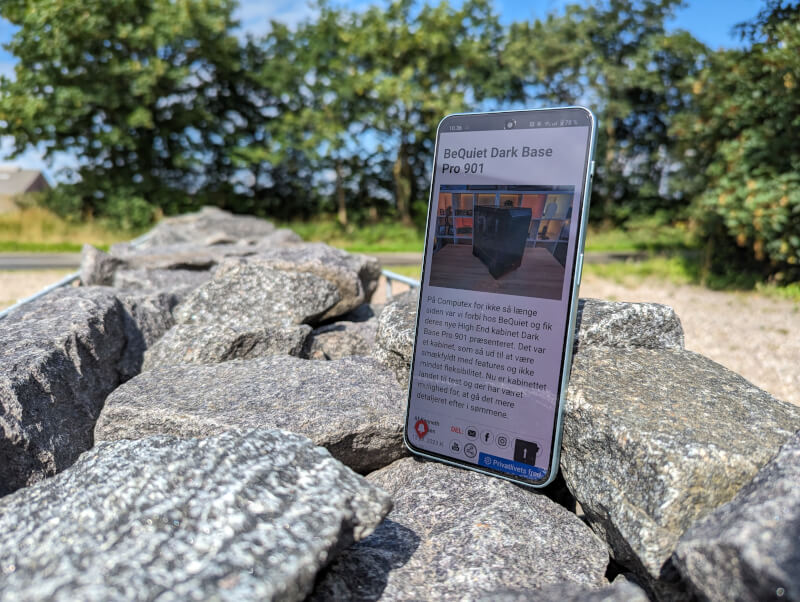
There are very thin bezels around the screen and rounded corners that follow the shape of the phone. We get a higher resolution than previous Nord phones with 2772x1240 and with a refresh rate of 120 Hz. That, together with a very bright screen, means that there is no problem with viewing the content, even out in the summer sun.
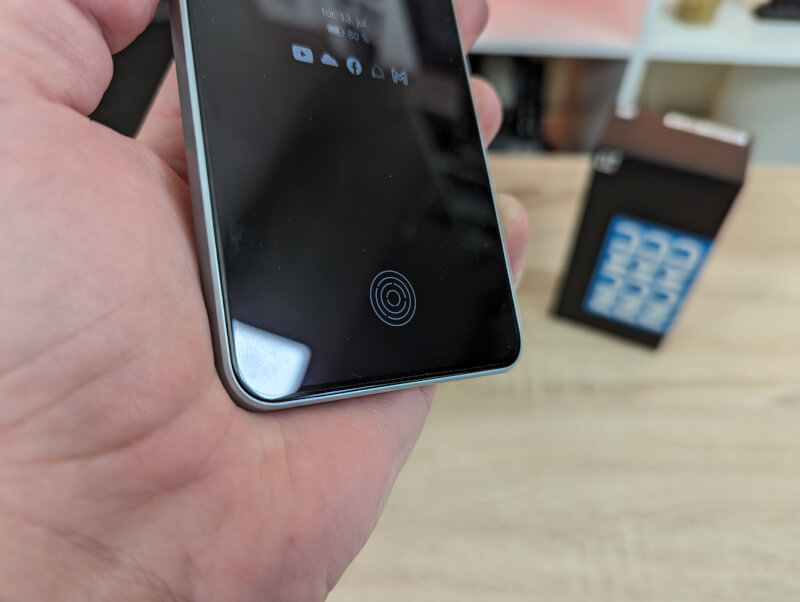
The fingerprint reader sits behind the screen, positioned right at the bottom. It is fast and efficient in unlocking the screen. However, it sits just low enough in my opinion, compared to what is optimal for my grip on the phone.
At the top we find the front camera, as part of the screen. It's a 16 MP, ƒ/2.4 camera, which we'll take a closer look at later.
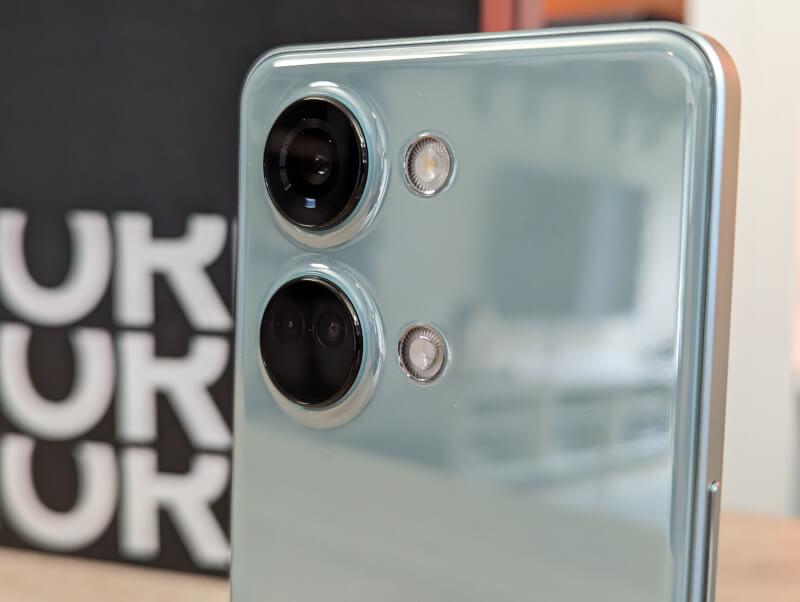
The sides are made of sandblasted aluminium, which matches the color of the rest of the phone nicely. At the bottom we find a USB C connector for charging and data along with the Dual SIM card slot and a speaker that, together with the normal one at the top, functions as a stereo setup.
On the left side there is a volume button, while on the right side there is a power button together with the well-known OnePlus Altert Slider.
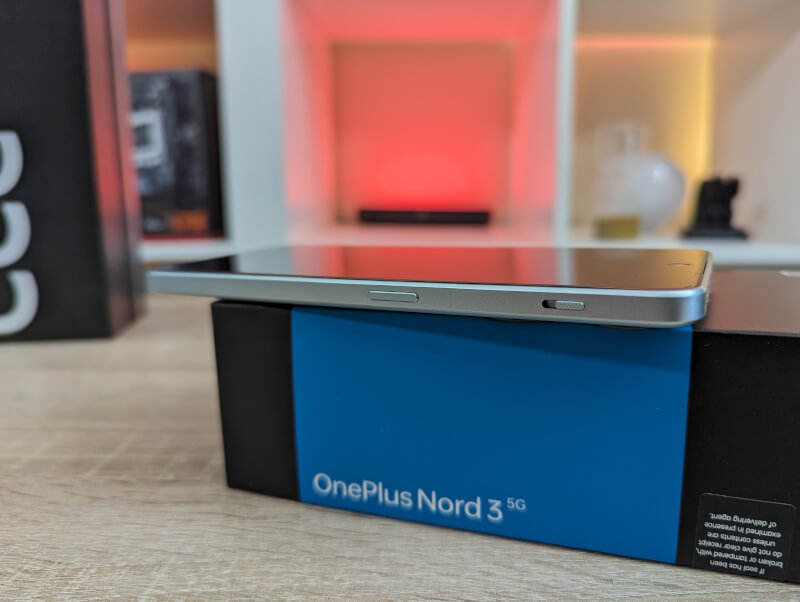
The back is made of glossy Gorilla Glass 5, which looks really nice, but is also very susceptible to dirt and fingerprints. The two camera bumps are in the upper left corner and are very similar to the setup on the Nord CE 3 Lite.
Build quality and materials feel complete and solid all around. Unfortunately, the phone "only" has an IP54 certification.
Software
Just as we know it from OnePlus products, the OnePlus Nord 3 comes with Android 13 with OnePlus' OxygenOS on top in a version 13.1.
Overall, it's a really good experience, and if you're already familiar with OnePlus and their phones, you'll immediately feel at home here.
The additions that OnePlus has made are quite discreet, and you get pretty close to a standard Android experience a long way down the road.
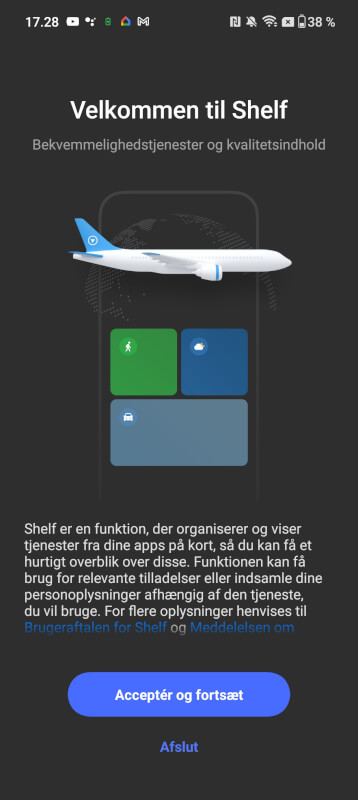
The additions from OnePlus include expanded options for customizing the style. OnePlus has also added the possibility of extra shortcuts and quick navigation through their Shelf, which is a Widget bar that can be pulled down anywhere on the main screen. Here you can add a selection of Widgets.
Via the settings, it is possible to customize the experience and the user interface quite a bit. On the surface, the option to choose whether you prefer navigation via gestures or the more classic app drawer is nice to have, even if it is not exactly new.
In terms of appearance, there are also good options for customizing the style of the phone. It is possible to choose and customize everything from the color of UI elements and message notifications to the style and sizes of app icons and much more.
OnePlus has promised three years of Android updates for the Nord 3 along with four years of security updates.
Camera
The setup on the Nord 3 is a dual camera setup with a 50MP main camera with a Sony IMX809 sensor, along with a 2MP Macro camera.
It is complemented by a 16 MP front camera.
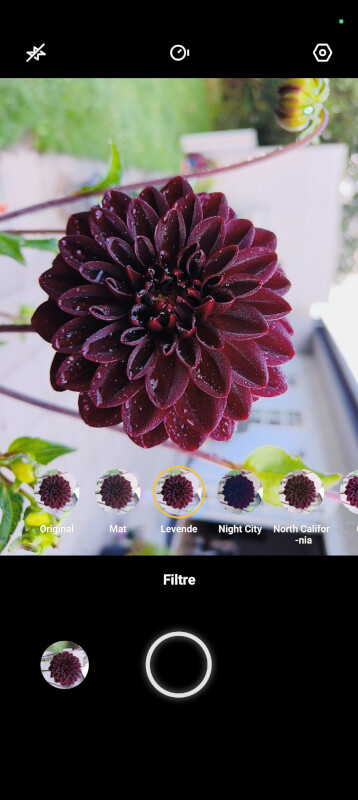
If we start with the main camera on the back, the Sony sensor manages to take some reasonable pictures. I think there may be a slight tendency to oversaturate the colors and the sharpness may be boosted a little too much in between. Especially if you use the AI function on the camera, the colors really pop.

For SoMe use and for most ordinary situations, the camera here will do super well. The optical stabilization helps in most situations to get some reasonable pictures. Autofocus can lag a bit though and I missed a few good shots of the dog because it was too slow despite having plenty of light.
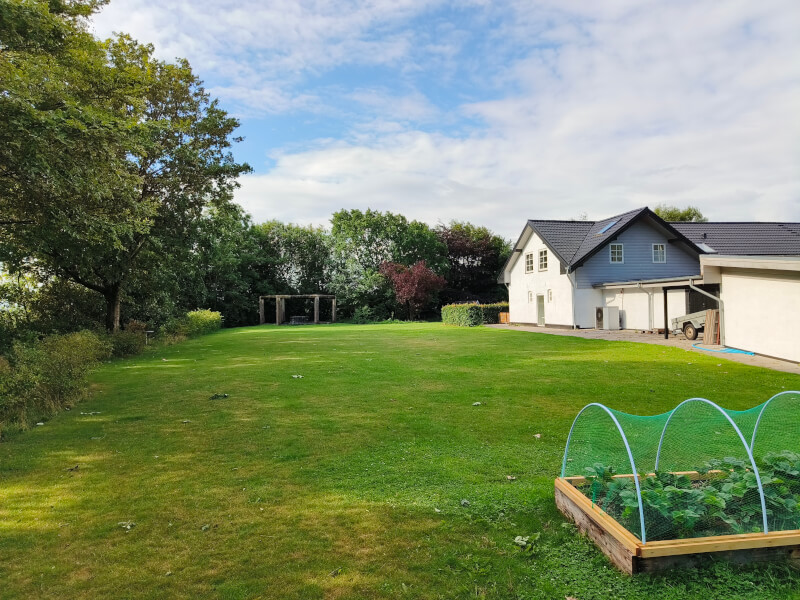
If you pull the images onto a large 4K screen and look at the seams, the experience of the quality falls a little apart. Here, the edges can look quite soft and flowing. That's just something I noticed about this kind of pixel peeping, though, and not something I thought about while watching it on the phone.
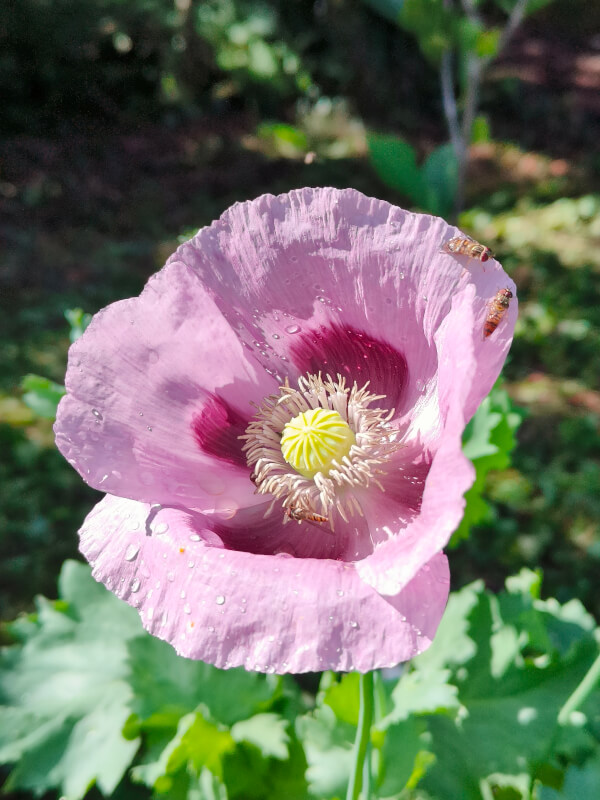
The macro pictures weren't particularly impressive, but with only 2MP, I didn't have high expectations either. Again, it's reasonable for general everyday use, but I wouldn't trust that the images would look good printed out in large format for the wall.
The selfie camera also manages to take solid pictures and the portrait function also manages the task of simulating a bokeh effect quite well.

Overall, I don't have much to complain about when it comes to the camera on the OnePlus Nord 3. The macro shots aren't impressive, but after all, it's the part that I imagine most people use the least. It's generally a camera that hits above the standard in the mid-range, so it's cool to see.
See images in full resolution here.
Testing
The OnePlus Nord 3 comes with a good chipset with a MediaTek Dimensity 9000 CPU and an Arm Mali G710 MC10 GPU. In our version, it is paired with 16 GB of RAM and 256 GB of storage.
The hardware composition has meant that there hasn't been anything I've thrown at the phone during my test that it hasn't chewed through without problems.
There is plenty of performance to be had with the Nord 3, and if you have a usage pattern like most, with a predominance of social media along with a little video and other media, then you will not experience the shadow of problems with the Nord 3.
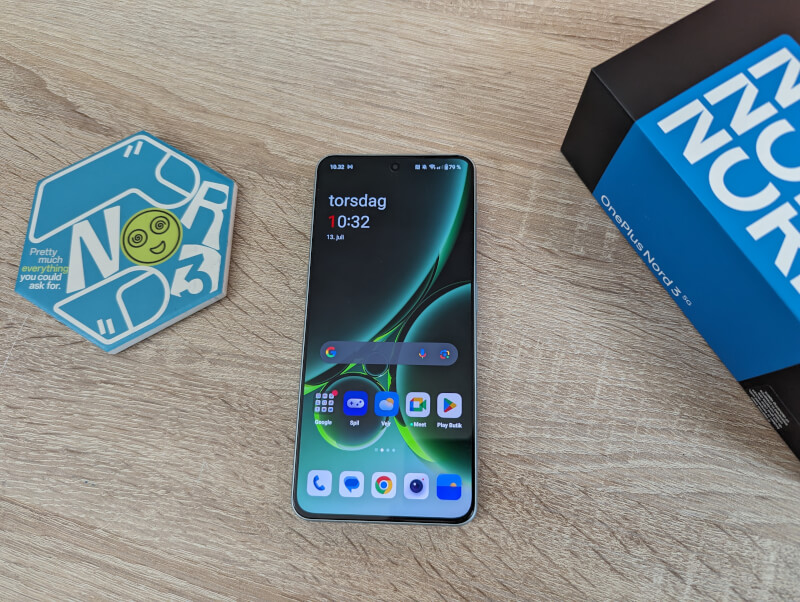
The screen, with its good brightness and sensible resolution, is also a delicious experience. The AMOLED screen provides good deep colors and looks beautiful for general browsing and for movies and series.
120 Hz refresh rate also means that you get a delicious and fluid experience with even the fastest swipe finger.
The speakers may not win any awards, but for a phone in this price segment, it does the job sensibly. A bit thin-boned in the sound, but that's a very natural limitation with a set of speakers like we see here.
In terms of battery life, I've had no problems getting through a full day with medium to heavy use. Typically I ended up with around 40-50% battery at the end of the day with normal use.
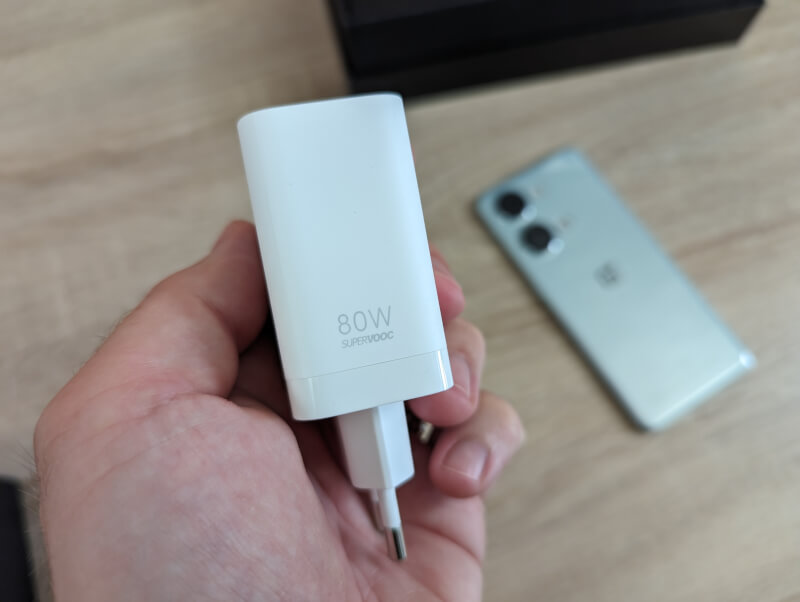
An 80 watt SUPERVOOC charger is included in the box, which can ensure that there is power on the battery quickly again, should it be in trouble. It is and will be one of the super cool features of the OnePlus phones.
Price
The OnePlus Nord 3, in the version we have had for testing with 16 GB RAM and 256 GB storage, can be found with an online price of just under 650$. You can save a few $ by taking the smaller model.
Conclusion
With the Nord 3, OnePlus has made a really solid bid for a mid-range smartphone. The price is in a reasonable range, and you really get a lot of phone for the money here. Both performance, charging, screen and camera perform really well and beat the more expensive phones.
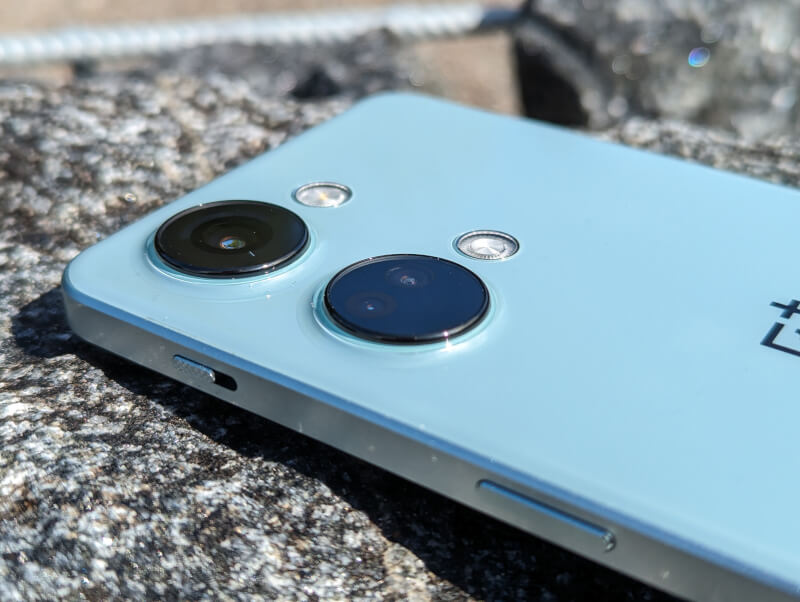
There are a few minor design details that I personally am not crazy about, but the materials and build quality are all really nice.
We end up with a final score of 9, for a solid phone at a good price.
Pros
- Solid performance
- Good screen
- Good battery life
- Fast charging
- Sensible camera
Cons:
- Weak macro camera
- IP54 only

Latest smartphone
-
25 Sepsmartphone
-
18 Febsmartphone
OnePlus Watch 3 now hits stores
-
07 Jansmartphone
OnePlus 13
-
03 Decsmartphone
OnePlus 13 will launch globally in January 2025
-
25 Octsmartphone
OnePlus launches OxygenOS 15
-
17 Octsmartphone
OxygenOS 15 goes live on October 24
-
20 Sepsmartphone
Apple can be forced to open Siri
-
10 Sepsmartphone
A18 Pro chip in iPhone 16 Pro is 15 percent faster
Most read smartphone
Latest smartphone
-
25 Sepsmartphone
OnePlus launches OnePlus 15
-
18 Febsmartphone
OnePlus Watch 3 now hits stores
-
07 Jansmartphone
OnePlus 13
-
03 Decsmartphone
OnePlus 13 will launch globally in January 2025
-
25 Octsmartphone
OnePlus launches OxygenOS 15
-
17 Octsmartphone
OxygenOS 15 goes live on October 24
-
20 Sepsmartphone
Apple can be forced to open Siri
-
10 Sepsmartphone
A18 Pro chip in iPhone 16 Pro is 15 percent faster






